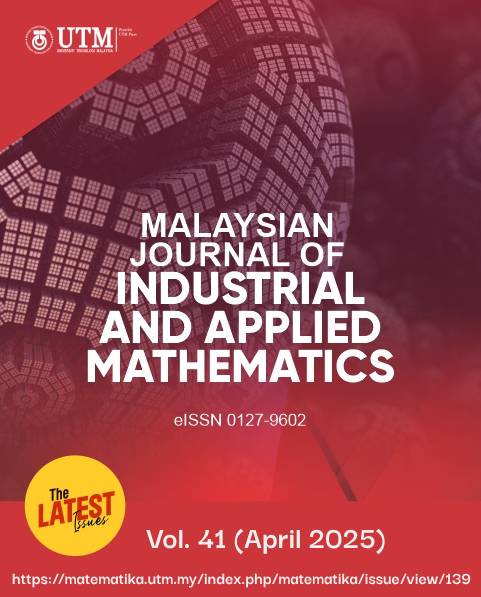Analysing Causes of Death Mortality in Malaysia: A Lee-Carter Approach
DOI:
https://doi.org/10.11113/matematika.v41.n1.1620Abstract
Understanding the causes of death mortality concerning aggregate trends is essential for comprehending a country’s demographic health dynamics. Shifts in the leading causes of mortality can reveal significant insights that influence comprehensive mortality studies. This study examines changes in aggregate mortality and cause-specific mortality in Malaysia, using data from 2000 to 2019 sourced from the Department of Statistics Malaysia. The Lee-Carter (LC) mortality model is deployed to analyse aggregate mortality and mortality by cause of death. The research compares the fitted LC parameters, Akaike Information Criterion (AIC), Bayesian Information Criterion (BIC) values, and forecasted mortality rates for aggregate and cause-specific mortality. Results show that the time-varying indices exhibit diverse patterns, reflecting distinct trends for each cause of death compared to aggregate mortality. Notably, cause-specific mortality forecasts tend to be more pessimistic than aggregate forecasts, with marginally higher projected mortality rates. This comparative divergence arises due to the independent nature of each cause of death, proportional variations over time, and the characteristics of the forecasts across different age groups. These findings highlight the importance of cause-specific mortality data in providing deeper insights into Malaysia’s mortality dynamics, which are critical for informing public health strategies and policy interventions.


















